- Armor Blog
- Consumer Education
- Expert Chainsaw Maintenance Tips
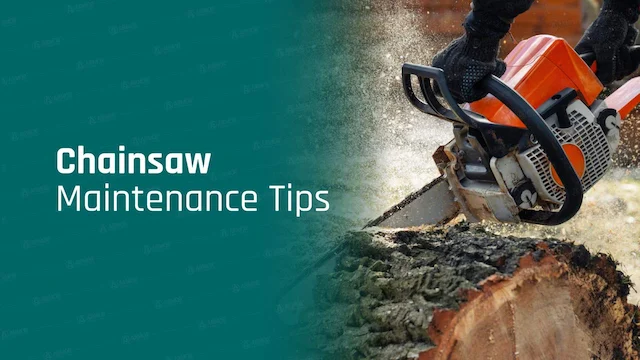
Essential Chainsaw Maintenance Tips for Optimal Performance
Proper chainsaw maintenance forms the backbone of both performance and safety. A sharp chain and correct tension play crucial roles in your chainsaw’s effectiveness. Follow these essential steps to keep your chainsaw in excellent condition for any task ahead.
Key Maintenance Steps
- Sharpen the Chain Regularly: A sharp chain cuts more efficiently and reduces strain on the engine. Use a file or a chainsaw sharpener to maintain the chain’s sharpness.
- Adjust the Chain Tension: A properly tensioned chain prevents damage. Check tension frequently, especially before use, and adjust as necessary.
- Clean the Air Filter: Clogged air filters hinder performance. Remove and clean the air filter regularly to ensure proper airflow.
- Check the Bar and Chain Oil: Sufficient lubrication is essential for smooth operation. Regularly check oil levels and refill with high-quality Armor Lubricants.
- Inspect the Spark Plug: A clean spark plug ensures efficient combustion. Replace a fouled spark plug to maintain optimal engine performance.
- Store Correctly: After use, store the chainsaw in a dry place with a protective cover. This will prevent rust and prolong its lifespan.
By following these steps, you’ll promote the longevity and reliability of your chainsaw while ensuring your safety during operation. Regular maintenance not only enhances performance but also provides peace of mind on the job.
What are the key chainsaw maintenance tips?
Keeping your chainsaw in top shape is easier than you think. Regular maintenance not only boosts performance but likewise extends its lifespan, saving you money in the long run.
Let’s explore crucial tips and tools to guarantee your chainsaw runs smoothly every time you need it.
How to keep your chainsaw in great condition?
Keeping Your Chainsaw in Top Condition
Regular maintenance plays a crucial role in maintaining the excellent performance of your chainsaw.
Chain Maintenance
- Sharpen the chainsaw chain regularly to enhance cutting efficiency.
- Use a properly sized file and apply three to six consistent strokes per tooth.
Chain Tension
- Check the chain tension while operating the chainsaw.
- The chain should be snug but not overly tight to avoid overheating.
Air Filter Care
- Clean the air filter frequently to eliminate debris buildup that could damage the engine.
Fuel and Oil
- Always use fresh gasoline mixed with the correct two-stroke oil.
Bar Components and Safety Features
- Conduct periodic checks of the bar components and safety features.
Implementing these chainsaw maintenance tips will promote smooth operation and optimize the longevity of your tool.
This ensures you maximize each use for years to come.
Why is regular maintenance important for your chainsaw?
Why Regular Maintenance is Crucial for Your Chainsaw
Regular maintenance is essential for maximizing your chainsaw’s performance and extending its lifespan. A well-maintained chainsaw operates more smoothly and efficiently, allowing you to tackle cutting tasks with ease.
Key maintenance practices include:
- Checking the chain: Regularly inspect the condition of your chain. A sharp, well-tensioned chain cuts effectively and reduces engine strain.
- Inspecting throttle and safety features: Ensure that all safety mechanisms function correctly. This guarantees safe operation during use.
- Cleaning air and fuel filters: Frequent inspections prevent contamination that can damage engine components. Clean filters support optimal engine performance.
- Tensioning chains properly: A properly tensioned chain minimizes the risk of stalling, enhancing both your safety and cutting efficiency.
- Cleaning cooling fins and carburetors: Regular cleaning helps prevent overheating, allowing your chainsaw to run at peak performance.
By committing to these maintenance practices, you’ll improve performance and keep your chainsaw ready for any job.
This proactive approach not only safeguards your tool but also ensures that it faithfully serves you whenever needed.
Choose high-quality products like Armor Lubricants to support your maintenance efforts and elevate your chainsaw’s reliability.
What are the essential tools for chainsaw maintenance?
Essential Tools for Chainsaw Maintenance
Maintaining a chainsaw effectively requires the right tools. Assemble a maintenance toolkit that includes:
- A file gauge for sharpening the chain
- A suitable file for sharpening the teeth
- A depth gauge to maintain performance
- A tensioning tool or screwdriver to adjust chain tension
For cleaning, utilize a brush or cloth to remove debris. An air compressor effectively clears the air filter and carburetor, promoting optimal function.
Keep a spark plug wrench handy for checking and maintaining spark plugs. This action promotes proper ignition and ensures your chainsaw runs smoothly.
Investing in safety gear such as gloves and goggles is essential to protect yourself during maintenance tasks.
Prioritizing these tools will significantly enhance your chainsaw’s performance and longevity.
How to clean your chainsaw effectively?
To keep your chainsaw in top shape, regular cleaning of key parts is essential.
Start with the air filter, which you can easily clean with compressed air, and then focus on the bar and chain to guarantee they’re free of debris.
Maintaining these components not only prolongs your tool’s life but likewise improves its performance.
What parts of the chainsaw need regular cleaning?
Regular Cleaning Essentials for Your Chainsaw
Loving the power and efficiency of your chainsaw means understanding the importance of cleanliness for optimal performance and longevity.
Here are the key parts that require regular cleaning:
- Air Filter: Regularly clean the air filter to prevent dirt buildup, which can clog the carburetor and decrease engine performance.
- Guide Bar: Always clean the guide bar, focusing on the sprocket nose and oil channels. This action helps maintain proper lubrication.
- Chainsaw Body: After each use, remove any resin and debris from the body. This practice prevents performance issues.
- Spark Plug: Inspect the spark plug frequently and remove any carbon buildup. A clean spark plug guarantees effective ignition.
- Cooling Fins: Periodically check the cooling fins on the cylinder to avoid engine overheating. Keeping these fins clean improves airflow and efficiency.
A consistently clean chainsaw not only performs better but also lasts longer. Make this maintenance a priority in your routine!
How to clean the air filter of your chainsaw?
Cleaning the air filter of your chainsaw is essential for optimal performance. Focus on this key component to maintain efficiency and reliability. Follow these steps to clean and check your air filter effectively:
- Remove the air filter cover: Refer to your manufacturer’s guidelines for specific instructions pertaining to your model.
- Blow out debris: Use compressed air to gently clear sawdust without forcing it deeper into the filter.
- Wash foam filters: Clean foam filters with warm soapy water. Rinse thoroughly and allow them to dry completely.
Regular inspections of your air filter for damage or wear are vital. If the filter appears clogged or ineffective, replace it immediately.
Establish a maintenance routine after every 5-10 uses, especially in dusty conditions.
What is the best way to clean the bar and chain?
Maximize Your Chainsaw Performance with Proper Bar and Chain Cleaning
To guarantee optimal chainsaw operation, cleaning the bar and chain is essential. Begin by removing the bar and chain assembly. Use a soft brush to eliminate sawdust and resin buildup from the bar groove and chain links.
Scrub the sprocket nose and oil channels with warm soapy water to clear away residues that can hinder lubrication. After cleaning, thoroughly dry the components to prevent rust formation. Regularly inspect the bar for burrs and use a file to deburr as necessary.
Consistent maintenance keeps your chainsaw in prime condition.
| Step | Action | Tools |
|---|---|---|
| 1 | Remove bar and chain assembly | None |
| 2 | Clean with a soft brush | Soft brush |
| 3 | Scrub sprocket and oil channels | Brush, soap |
| 4 | Inspect and deburr | Files |
Engaging in this routine will enhance the longevity and efficiency of your chainsaw. Remember, a well-maintained tool not only performs better but also ensures safety during use.
How to lubricate your chainsaw properly?
To keep your chainsaw running smoothly, knowing the right type of oil is essential.
You should regularly lubricate the chain and bar, especially if you notice any signs of wear or reduced performance.
Let’s explore the best practices for lubrication to guarantee your chainsaw remains in top shape.
What type of oil should you use for your chainsaw?
Choosing the Right Oil for Your Chainsaw
Selecting the best oil for your chainsaw plays a crucial role in maintaining its performance. Always opt for high-quality bar and chain oil specifically designed for chainsaws. This choice protects your chain and bar from overheating and damage. Regularly check and refill the oil reservoir to avoid operational issues.
- Dirty or contaminated oil can accelerate wear and tear on your equipment.
- Ensure the oil’s viscosity matches the ambient temperature for optimal operation.
- Lubricate the chain after each use to enhance performance and prolong its lifespan.
Using the correct oil not only safeguards your equipment but also promotes smoother cutting experiences. Trust Armor Lubricants for reliable and effective lubrication solutions that meet your chainsaw’s needs.
How often should you lubricate the chain and bar?
How Often to Lubricate Your Chainsaw Chain and Bar
Regular lubrication of the chain and bar on your chainsaw is crucial. It maintains performance and prevents excessive wear.
- Lubricate before each use to achieve optimal performance. This practice reduces friction while cutting.
- Monitor the oil reservoir closely. Top it off as necessary, especially during extended use or after heavy jobs lasting an hour or more.
- Use the right bar and chain oil. The proper viscosity ensures oil clings effectively to the chain.
While operating, keep an eye on the oil flow. Inadequate oil spray can lead to overheating, resulting in damage.
Regular maintenance of the oiling system is essential. Check for and replace clogged filters to prolong the chain’s lifespan.
Following these steps keeps your chainsaw in prime condition.
What are the signs that your chainsaw needs lubrication?
Signs Your Chainsaw Needs Lubrication
Recognizing the need for lubrication in your chainsaw is crucial for maintaining its performance and longevity. Here are key indicators to watch for:
- Excessive smoke: Smoke while cutting signals a serious issue that requires immediate attention.
- Binding and stalling: A properly lubricated chain should move smoothly. Binding or stalling indicates inadequate lubrication.
- Dry or shiny guide bar: Inspect the guide bar closely. It should remain consistently oiled. Any dry spots indicate a problem.
Monitor the oil reservoir regularly. A low oil level often points to the need for a refill or indicates a malfunction in the lubrication system.
Taking timely action can protect your chainsaw’s sprocket and extend its lifespan.
Using Armor Lubricants will help optimize the performance of your chainsaw, ensuring it runs smoothly and efficiently.
What are the specifics of gas chainsaw maintenance?
When it comes to gas chainsaw maintenance, keeping an eye on your spark plugs is essential for efficient engine performance.
You’ll additionally want to understand the role of fuel stabilizer in preserving your gas and preventing damage during long storage periods.
Finally, maintaining the carburetor guarantees your saw runs smoothly, so let’s explore these key aspects together.
How to check spark plugs in a gas chainsaw?
Essential Steps to Check Spark Plugs in Your Gas Chainsaw
Conducting regular checks on the spark plugs in your gas chainsaw ensures optimal performance and longevity. Follow these steps for effective maintenance.
1. Disconnect the Spark Plug Wire:
For safety, start by detaching the spark plug wire from the spark plug.
2. Remove the Spark Plug:
Use a socket wrench to carefully unscrew the spark plug from the engine.
3. Inspect the Spark Plug:
Look for signs of wear, such as carbon buildup. This residue can indicate potential fuel or engine issues.
- Experience the satisfaction of a well-maintained tool.
- Prevent unexpected breakdowns.
- Benefit from consistent, powerful performance.
4. Clean the Spark Plug:
Utilize a wire brush or compressed air to eliminate any buildup from the spark plug.
5. Measure the Spark Plug Gap:
Use a feeler gauge to verify the gap, adjusting it to the manufacturer’s specifications (typically 0.020 to 0.025 inches).
6. Reinstall the Spark Plug:
Place the spark plug back into the engine and reconnect the wire. Make sure it sits securely, but avoid overtightening.
By following these steps, you’ll maintain a high-performing chainsaw while ensuring safety during operation.
Prioritize this simple maintenance task to enjoy your chainsaw for years to come.
What is the role of fuel stabilizer in gas chainsaw maintenance?
The Importance of Fuel Stabilizer in Gas Chainsaw Maintenance
A fuel stabilizer plays a crucial role in maintaining your gas chainsaw. It preserves gasoline freshness, preventing deterioration that leads to starting difficulties and performance issues. Stale fuel can clog the carburetor and create varnish buildup, disrupting engine performance.
Benefits of using a fuel stabilizer include:
- Improved Engine Performance: Keeps fuel optimized for better combustion.
- Reduced Carbon Deposits: Lowers the likelihood of buildup that could hinder operation.
- Smoother Operation: Provides consistent performance, especially after storage.
Add a stabilizer before storing your chainsaw to enjoy these advantages for up to six months. This proactive maintenance step helps you avoid potential repairs from clogged fuel systems caused by old gasoline.
Incorporating a fuel stabilizer into your storage routine promotes the longevity of your chainsaw. Reliable performance awaits when you need it most, making it an essential practice for any chainsaw user.
How to maintain the carburetor of a gas chainsaw?
Essential Guide to Carburetor Maintenance for Gas Chainsaws
Regular maintenance of your gas chainsaw’s carburetor is crucial for optimal performance and longevity. Follow these steps to ensure your chainsaw runs smoothly:
- Clean the Carburetor
- Remove the carburetor from the saw.
- Use compressed air to blow out dirt and debris from the jets.
- Check the Fuel Filter
- Inspect the filter for clogs.
- A clean filter guarantees proper fuel delivery and enhances engine performance.
- Adjust Air-Fuel Mixture Screws
- Set the screws according to the manufacturer’s specifications.
- Correct adjustments prevent stalling and promote efficient operation.
- Inspect Diaphragm and Gaskets
- Examine for wear and replace any damaged parts.
- This prevents leaks and maintains reliable performance.
- Securely Mount the Carburetor
- Ensure proper installation to avoid air leaks.
- A well-mounted carburetor limits performance issues.
Regular maintenance helps you avoid costly repairs and delivers smoother cuts.
Moreover, it reduces emissions, benefiting the environment.
What should you know about electric and cordless chainsaw maintenance?
When it comes to electric and cordless chainsaws, maintenance is a bit different than with gas models.
You should focus on keeping battery slots clean and regularly checking for debris in the motor area to prevent overheating.
Plus, monitoring battery life and performance will help guarantee your chainsaw runs efficiently whenever you need it.
How does electric chainsaw maintenance differ from gas?
Electric chainsaws offer an easier maintenance experience compared to gas models.
However, knowing their specific needs is essential for optimal performance.
Here’s what to focus on:
- Fewer moving parts result in reduced maintenance hassle.
- Regularly check lubricant levels in automatic oiling systems.
- Keep battery contacts clean to enhance cordless chainsaw upkeep.
Follow your owner’s manual for critical maintenance guidelines. Electric models eliminate the need for fuel mixing and spark plugs, making them simpler to handle.
Additionally, their air filters require less frequent cleaning.
Avoid operating your electric chainsaw in wet conditions unless it’s specifically designed for such environments.
Dampness can harm vital electrical components and create safety hazards.
To summarize, maintaining an electric chainsaw involves:
- Confirming lubricant levels are adequate.
- Cleaning battery contacts regularly.
- Consulting the owner’s manual for specific instructions.
What are the maintenance tips for cordless chainsaws?
Essential Maintenance Tips for Cordless Chainsaws
Regular maintenance of your cordless chainsaw boosts its reliability and performance.
Here are key practices to follow:
- Clean the exterior: Use a soft brush or cloth to remove sawdust and debris.
- Check battery contacts: Ensure that battery contacts and slots remain dust-free to maintain optimal performance.
- Inspect the guide bar and chain: Regularly examine them for burrs and confirm they receive proper lubrication. This prevents wear and overheating.
- Monitor battery health: Look for swelling or damage. Store batteries in a cool, dry location to extend lifespan.
- Maintain air ventilation: Keep the ventilation slits clean to prevent overheating and improve motor efficiency during operation.
Taking these proactive steps will significantly enhance the longevity and functionality of your cordless chainsaw.
Regular attention to these maintenance tasks can save you time and effort in the long run, ensuring your tool is always ready for the next job.
How to check the battery life and performance of a cordless chainsaw?
To keep your cordless chainsaw performing at its best, regularly check the battery life and overall performance.
- Check the battery charge level. Most models feature a charge indicator light that makes this easy.
- Clean the battery contacts using a soft cloth. This action prevents corrosion and enhances battery performance.
- Observe the chainsaw during use for any signs of reduced power. If you notice a drop in performance, address it promptly.
- Store batteries at room temperature. This practice prolongs their lifespan and maintains optimal performance.
- Always confirm the battery is fully charged before planning long breaks to ensure readiness for your next task.
Staying proactive about these battery checks can significantly enhance the efficiency of your cordless chainsaw while extending the life of its battery.
How to check and adjust the chain tension on your chainsaw?
Maintaining proper chain tension is vital for your chainsaw’s performance and safety.
It guarantees smooth cutting and prevents wear on the bar and chain.
You’ll only need a few basic tools to check and adjust it, so let’s get started!
Why is maintaining chain tension key to performance?
Maintaining precise chain tension while operating your chainsaw is vital for achieving high-quality cutting performance. Proper chain tension guarantees efficient contact with wood, which minimizes the risk of binding or stalling. A loose chain can cause excessive wear and tear; conversely, an over-tightened chain may lead to overheating and breakage.
Regularly checking and adjusting chain tension during use is essential.
Benefits of proper chain tension:
- Enhances cutting efficiency
- Reduces costly repairs and replacements
- Promotes smoother, safer operation
Taking a few moments to adjust the tension keeps your chainsaw running at its best. A well-tensioned chain extends the life of your tool, making your work more enjoyable and productive.
What tools are needed to adjust chain tension
Essential Tools for Chainsaw Chain Tension Adjustment
Adjusting your chainsaw’s chain tension requires just a couple of essential tools. Use a flat screwdriver or a wrench, depending on your model’s tensioning mechanism.
Follow these steps to maintain optimal chain tension:
- Safety First: Always turn off your chainsaw before starting any adjustments.
- Checking Tension: Lift the chain slightly off the guide bar. It should snap back without excess slack or resistance.
- Adjusting the Tension: Hold the bar tip up while turning the tensioning screw:
- Clockwise to tighten
- Counterclockwise to loosen
A properly tensioned chain allows for slight hand movement without drooping more than a quarter of the bar thickness.
Correct chain tension prevents issues around the sprocket nose and bar groove. Regularly check and adjust your chain tension to ensure smooth operation and enhance the lifespan of your chainsaw.
Frequently Asked Questions
Is It Okay to Put WD-40 on a Chainsaw Chain?
WD-40 isn’t a good choice for your chainsaw chain. It strips lubrication, leading to wear and tear. Instead, use specialized bar and chain oils designed to provide peak lubrication for your chainsaw’s performance.
How to Properly Maintain a Chainsaw?
To properly maintain your chainsaw, regularly inspect the chain, check tension, and clean the air filter. Don’t forget to lubricate moving parts and replace worn components to guarantee peak performance and safety during use.
Do I Need to Soak a New Chainsaw Chain?
Yes, you should soak a new chainsaw chain in AMSOIL Bar & Chain Oil for 15-30 minutes. This guarantees ideal lubrication, reduces friction, and allows your chain to cut smoothly from the start.
How Long Should a Chainsaw Chain Last Before Sharpening?
A chainsaw chain should last about 2-3 hours of cutting before you sharpen it. Factors like wood type affect this. If you notice smoke or cutting resistance, it’s definitely time to sharpen.
Why This Matters?
Maximize your chainsaw’s performance and ensure your safety with these expert maintenance steps! Covering everything from chain sharpening to vital lubrication, learn the essential chainsaw maintenance tips to maximize tool’s lifespan and avoid costly repairs. Keep your chainsaw running efficiently with high-quality agricultural lubricants from Armor Lubricants, a trusted manufacturer of premium lubricants in UAE, including specialized formulas for agricultural applications.
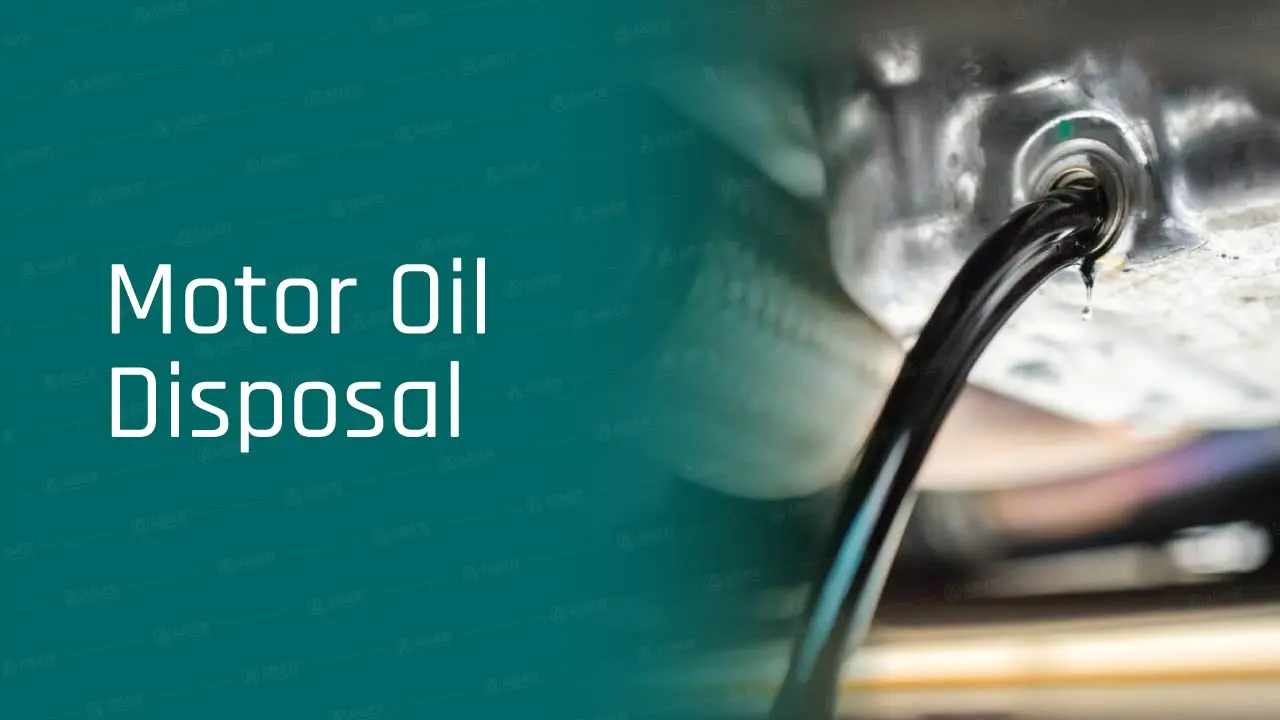
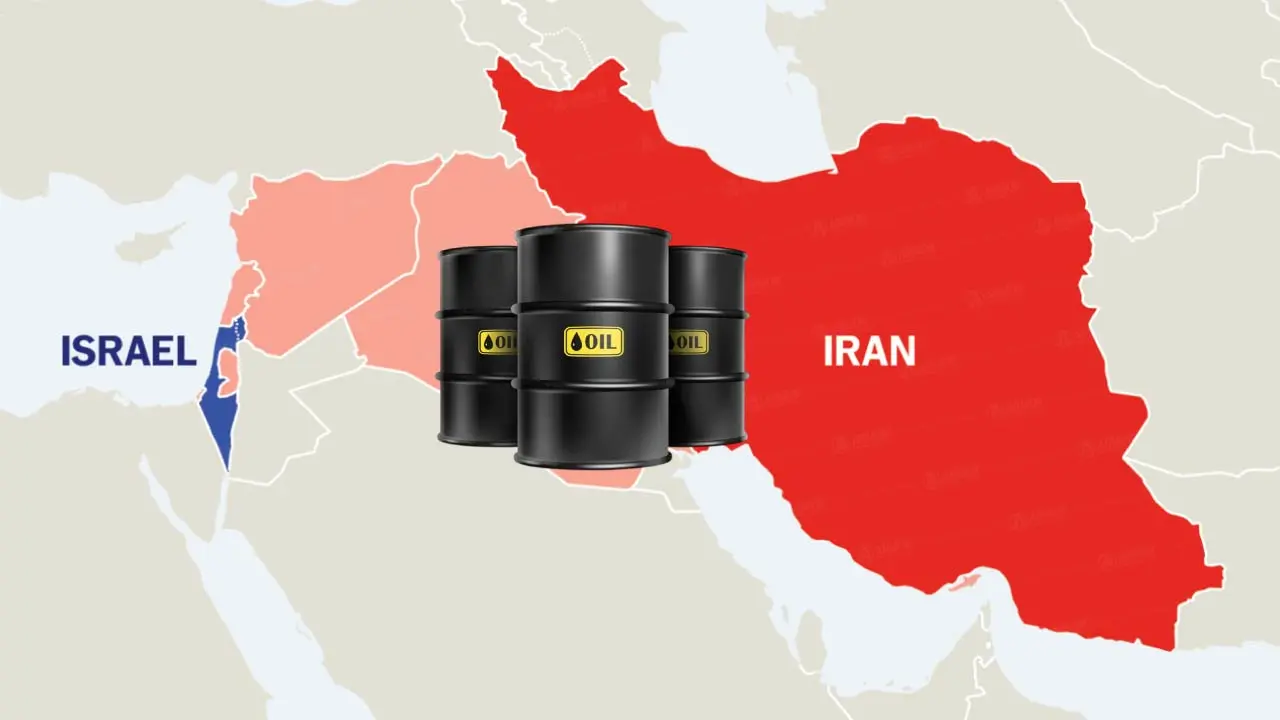
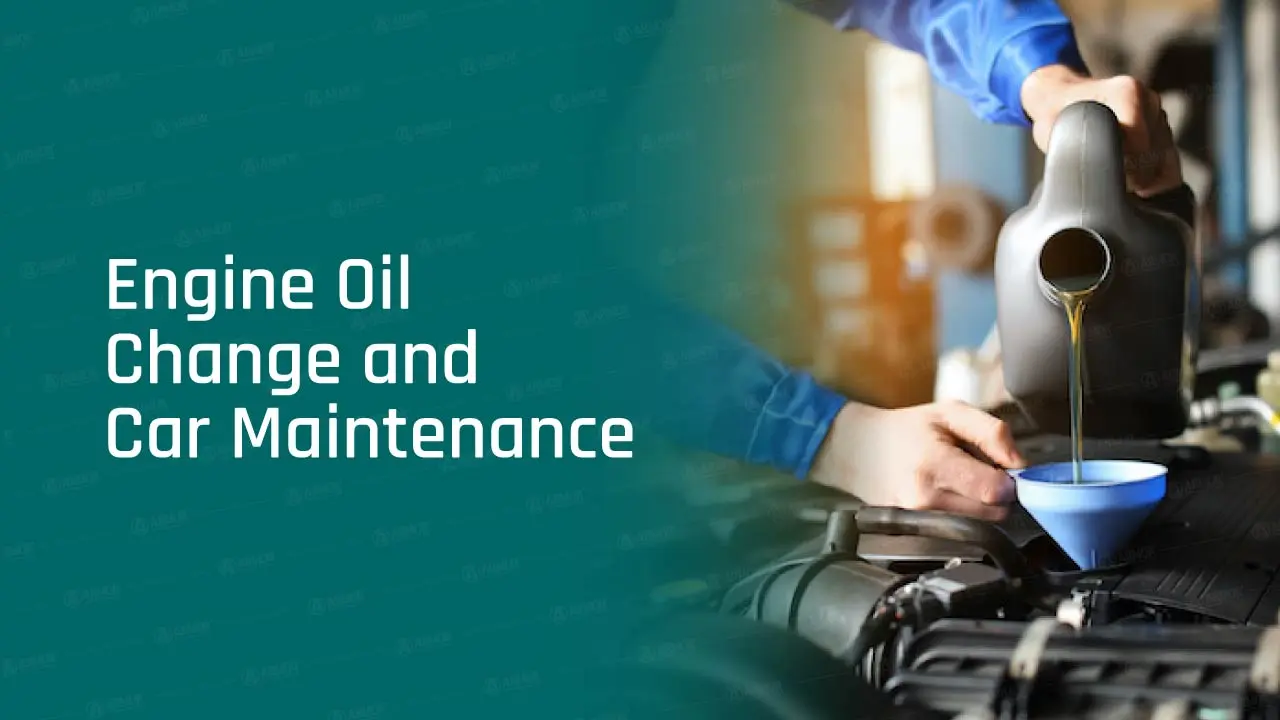
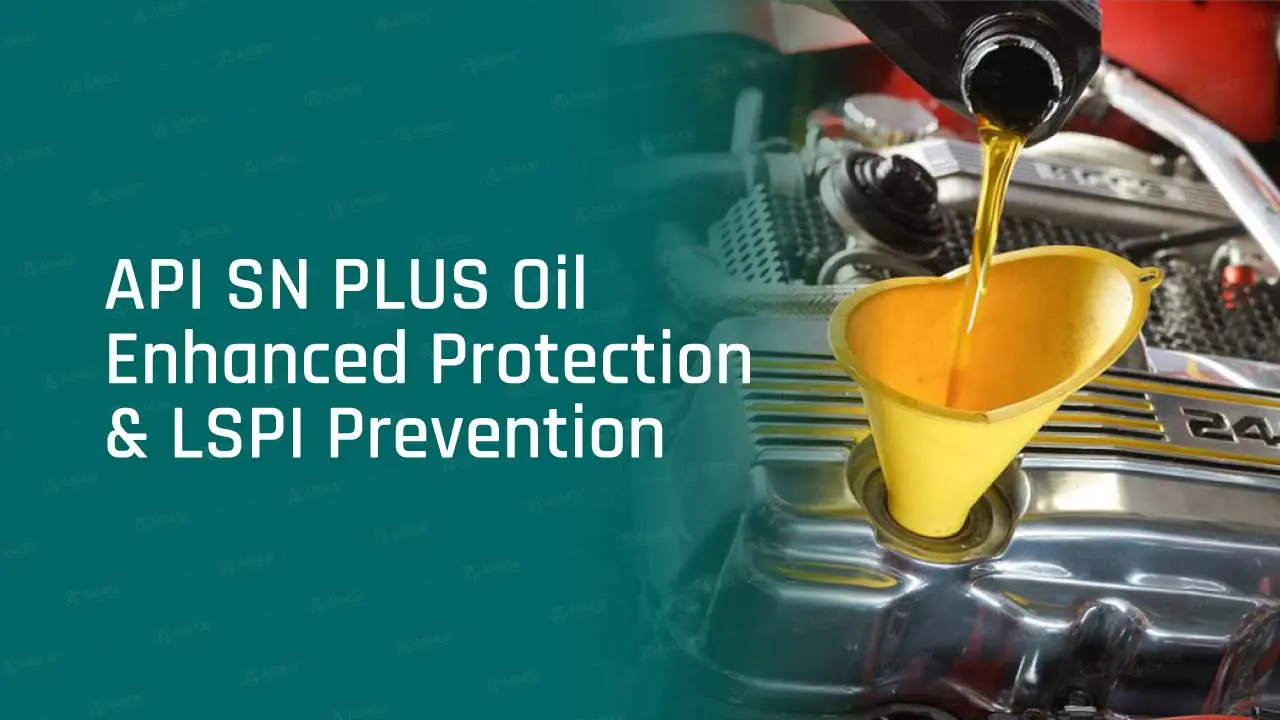
 Spear lubricants
Spear lubricants Armada lubricant
Armada lubricant Ace lubricants
Ace lubricants Perfect lubricants
Perfect lubricants Enzo lubricants
Enzo lubricants Lawrence lubricants
Lawrence lubricants